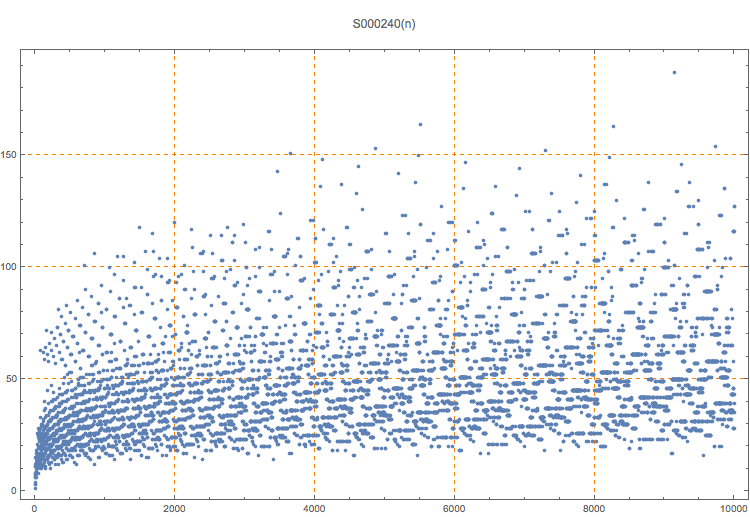Length of the 3x-1 iteration applied to odd numbers.
1, 4, 3, 3, 8, 6, 7, 8, 11, 6, 15, 12, 11, 6, 9, 14, 18, 10, 11, 11, 11, 8, 15, 12, 17, 9, 13, 11, 21, 10, 11, 14, 26, 14, 15, 15, 16, 8, 12, 12, 16, 17, 20, 28, 24, 11, 13, 17, 25, 14, 25, 14, 14, 8, 15, 19, 22, 11, 23, 26, 15, 16, 15, 19, 27, 20, 23, 27, 16
1
Sequence S000239 gives the 3 known orbits of this iteration. Bell and Lagarias mention the 3x-1 iteration. See S000241 and S000242 for the locations of new maxima and their values.
T. D. Noe, Plot of 10000 terms
T. D. Noe, Table of 10000 terms
Jason P. Bell and Jeffrey C. Lagarias, 3x+1 inverse orbit generating functions almost always have natural boundaries, arXiv 1408.6884 (Aug 28 2014)
L. Berg and G. Opfer, An analytic approach to the Collatz 3n+1 problem for negative start values, Computational Methods and Function Theory, 13 (2013), 225–236.
(Mma) Table[s = {n}; m=n; While[If[EvenQ[m], m = m/2, m = (3*m - 1)/2]; ! MemberQ[s, m], AppendTo[s, m]]; Length[s], {n, 1, 199, 2}]
Cf. S000239 (orbits), S000241, S000242 (maxima), S000252 (reduced iteration).
nonn,nice
T. D. Noe, Sep 02 2014
